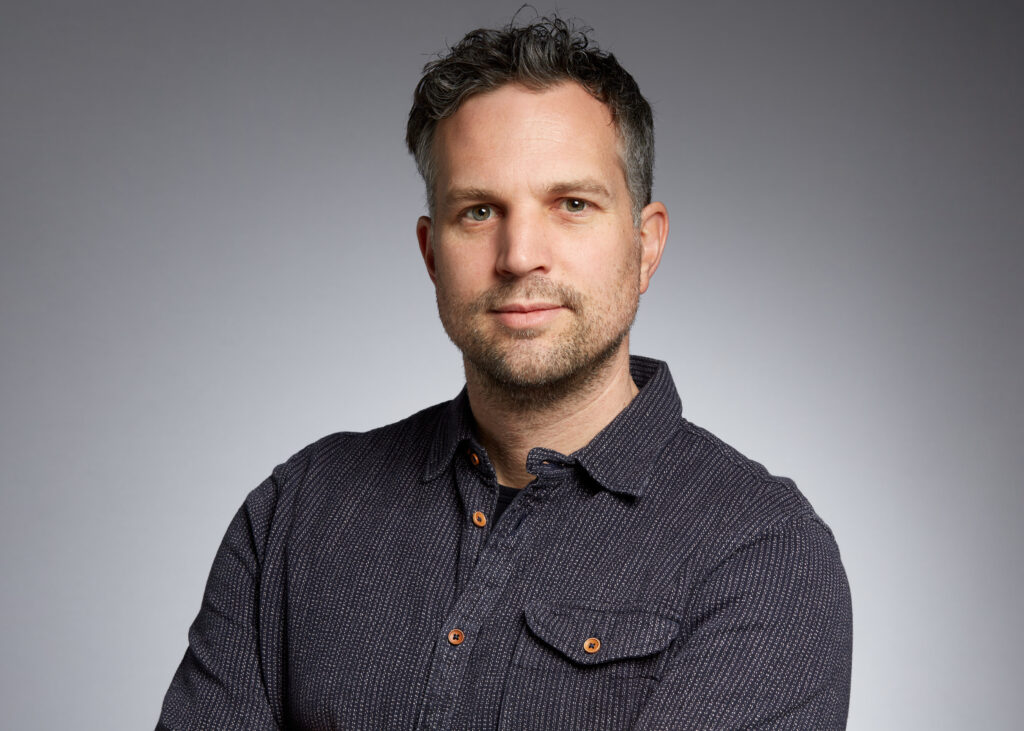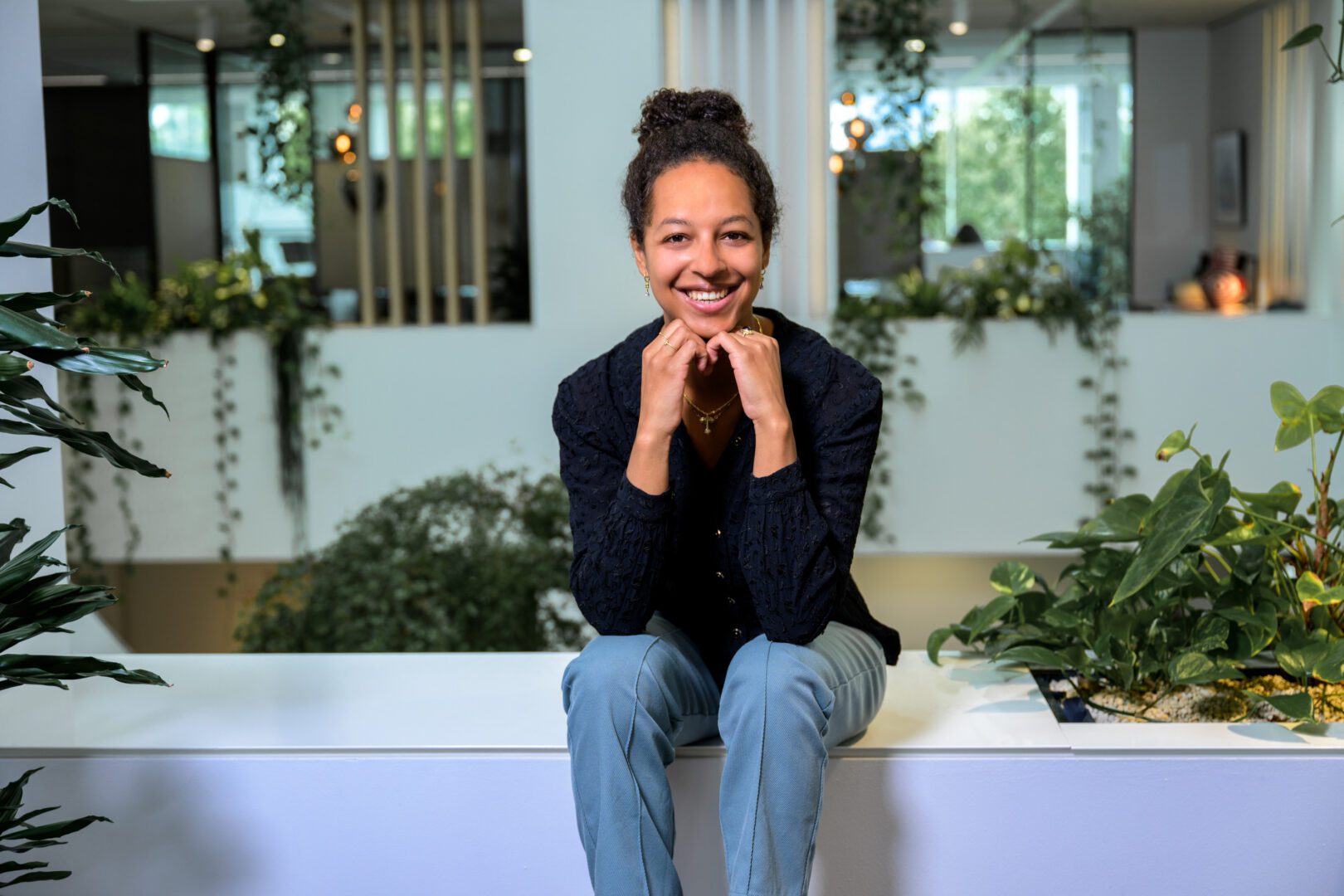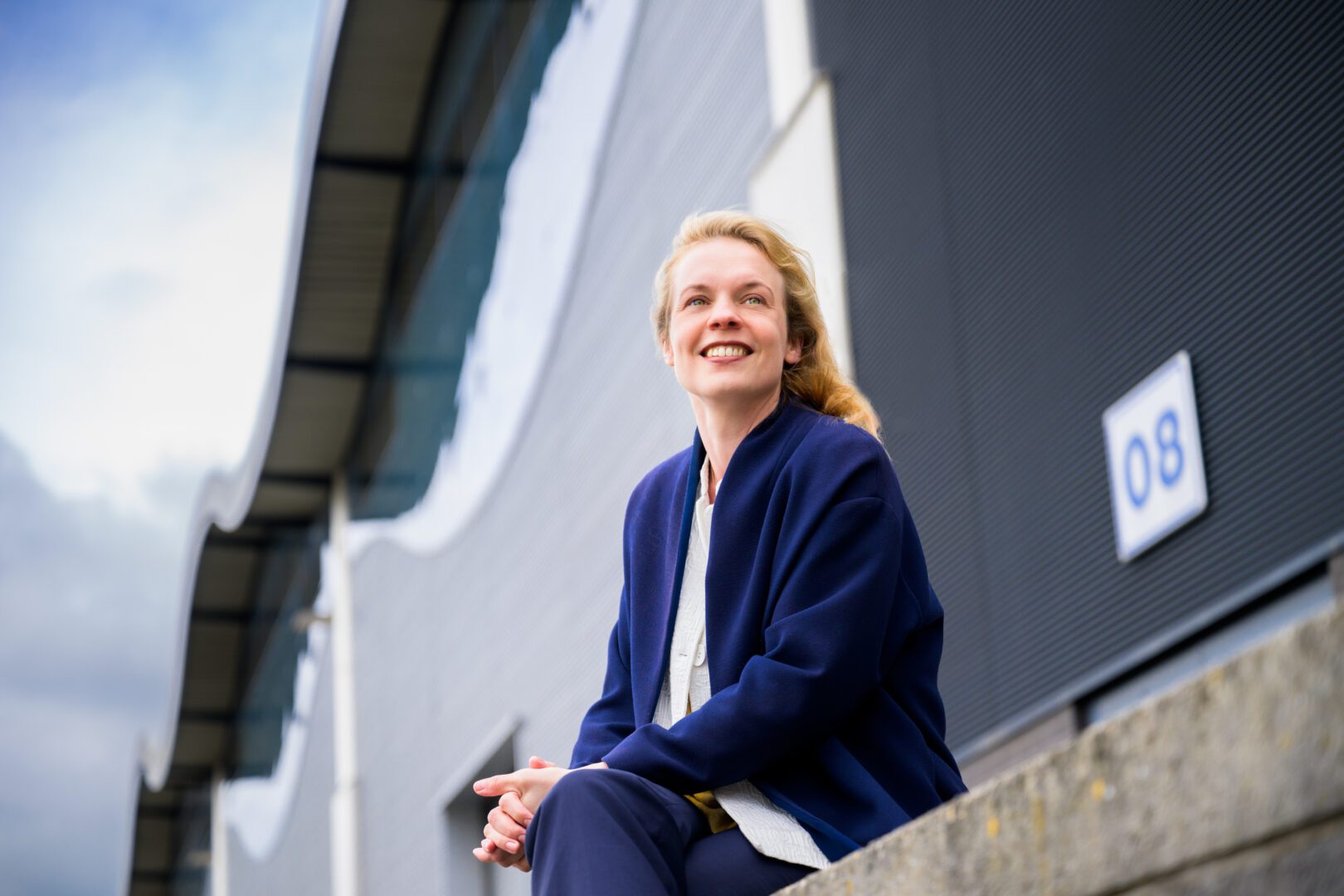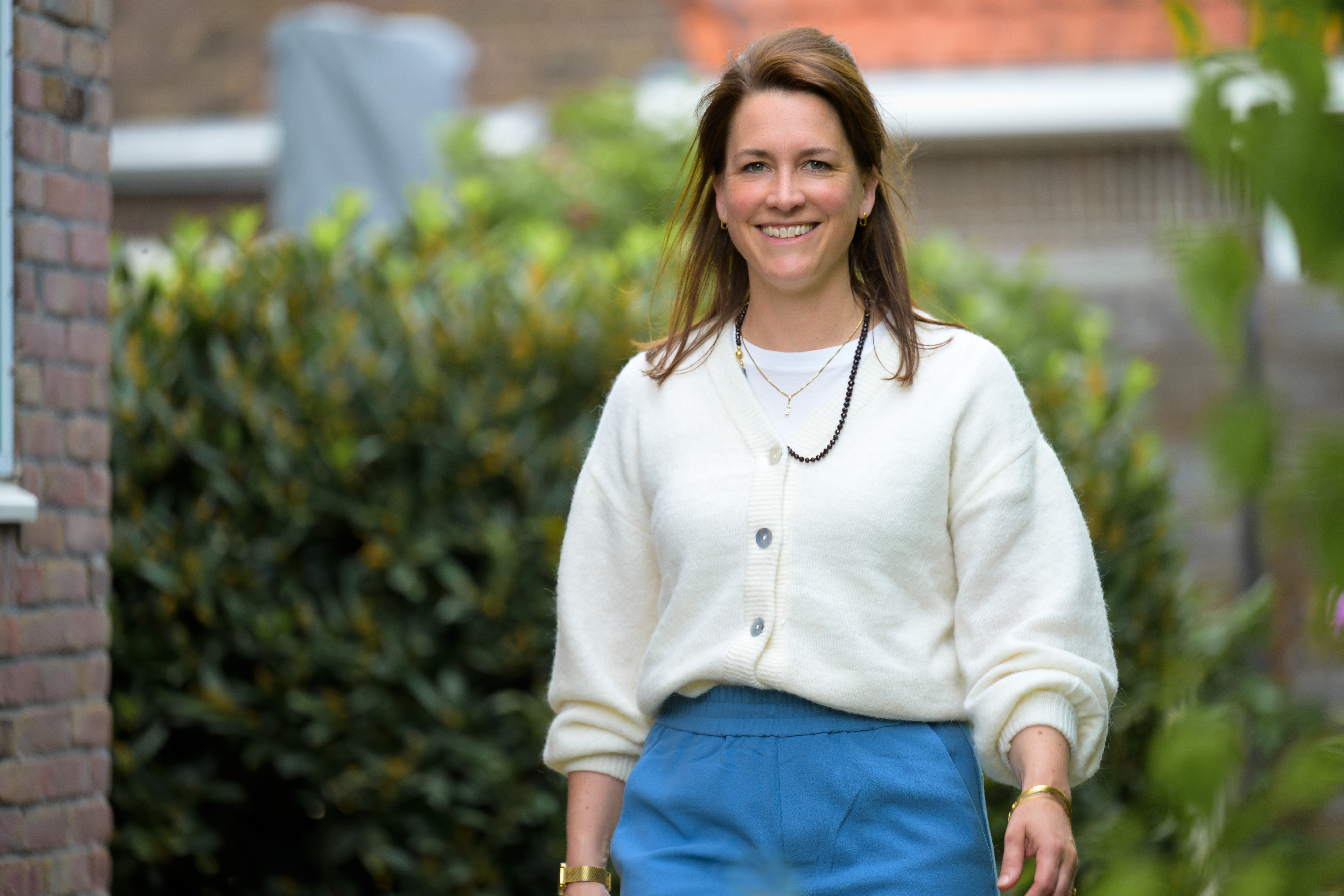Can the design of an area make residents more active? That people are more likely to take the stairs or bike? That they go outside more easily to exercise, clamber around, play? In the design guide: 'Buurt in beweging', AM, the Dutch Heart Foundation and the Kenniscentrum Sport & Bewegen show how smartly designed areas contribute to promoting and protecting the health of residents. Frank Vonk, Landscape Architect at AM, knows better than anyone what works and what doesn't and was therefore involved in the creation of the guide.
Building blocks for a healthy living environment
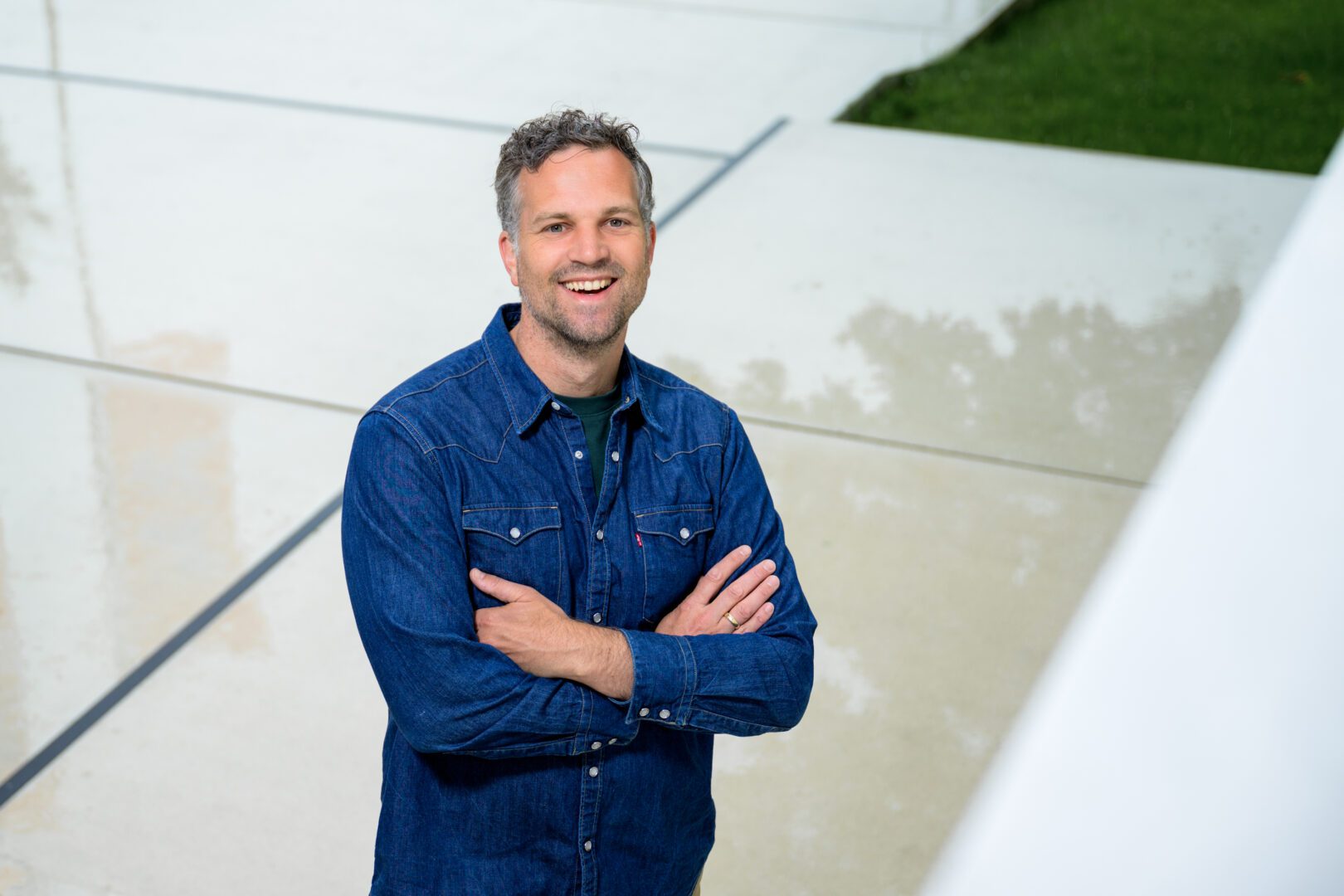
It's actually quite logical. A playground with attractively designed playground equipment is more inviting to play and clamber around in than one with a dull design. In an apartment complex where the stairs are beautifully designed and visible, you naturally walk up the floors, whereas in a building with a narrow, dark, concrete staircase you'd rather take the elevator. Frank: "What we at AM have been putting into practice in our designs for some time, was confirmed in a study by the Kenniscentrum Sport & Bewegen (Sports & Exercise Knowledge Center): design is crucial in promoting activity. An attractive building, a beautiful, well-designed street, neighborhood or place, seduce people to walk, cycle or play outside." As logical as it is, it is not always put into practice. A reason for AM to bring out the knowledge in this area. Frank: "Together with the knowledge center and the Heart Foundation, we wanted to share our ambitions and knowledge in this area to give municipalities and other area developers practical tools. In the guide 'Neighborhood on the Move,' we show how design really affects people's health. Thanks to the research of the Knowledge Center and the Heart Foundation, we can back this up scientifically as well."
Design is crucial in encouraging movement
Time for action
The figures on the health of the Dutch do not lie, says Frank: "About 50% of the Dutch population has overweight. This is also the case for 1 in 8 children. That is a fourfold increase in the figures compared to the 1960s. The Heart Foundation and Kenniscentrum Sport & Bewegen want to reduce this. As an area developer, AM has the opportunity to contribute to this and it ties in with one of our impact themes: Design for wellbeing. With this, we set ourselves the ultimate goal of having residents in the areas we develop live two years longer in good health." The government also thinks it is time for action and encourages municipalities to get to work on health in the urban environment. Frank: "It is part of the new environmental policy, but municipalities still find it difficult to make it concrete. The guide is a helping hand. A way to start the conversation with each other about what is possible."
Of course, health is more than just exercise. Yet this facet of health is something AM has the most influence on as an area developer, Frank explains. "We can't tell people what they can and can't eat. Nor can we prohibit them from smoking. But we can design a neighborhood so that it becomes easier to take the bike or walk. We can make cars disappear more from the street scene so that children can step and play in the street more easily." Moreover, more exercise has a great effect on people's health in several ways. Frank: "Moving keeps you physically healthy, but also mentally. Going outside to exercise, walking, playing sports or biking, provides relaxation and it creates encounters."
Building blocks for more movement
The guide is divided into four different scale levels; building, street, neighborhood and place. At each level, the guide provides several examples of both national and international projects, both from AM and other developers. The projects contain the right "building blocks" that have been proven by Kenniscentrum Sport & Bewegen to have a positive effect on health. Frank mentions a number of them: "At building level, for example, shared spaces with room for meeting, sports and games are a building block. We apply this for example in our project De Stadsveteraan, in Amsterdam. At street level, shared space is a good example, such as at Landgoed Wickevoort, in Haarlemmermeer. Shared space is a traffic concept where the street has an open layout. Without traffic signs and curbs. Pedestrians, cyclists and cars share the space. Another great example in the guide is a railroad viaduct under which a bouldering wall has been created. It is now possible to climb here and in addition, the place has become safer and more attractive for walkers and cyclists."
The guide also features numerous surprising examples at the neighborhood and site level. An extensive trail structure through a neighborhood that leads past eatable plants as in Rijnvliet, or the workwalks at High Tech Campus Eindhoven, where a trail network connects the campus to the surrounding nature. On a place level, Den Grønne Sti' (The Green Path) in Denmark is an excellent example of what design can do. The path for cyclists and pedestrians connects the main parks, public spaces and buildings of the districts of Nørrebro and Frederiksberg.
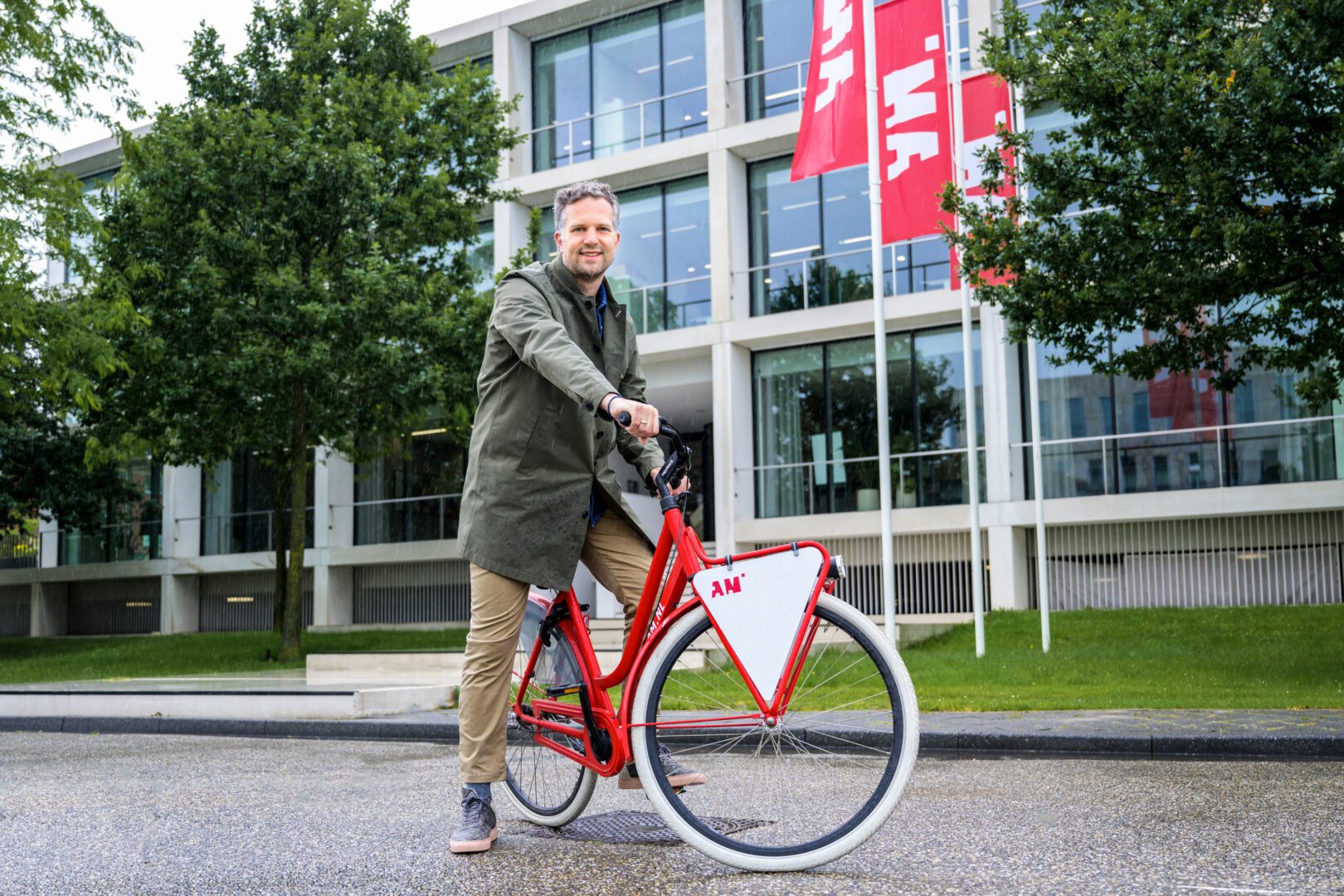
Boosting and anchoring
Of course, implementing the building blocks from the guide is not the only thing needed to create a street, neighborhood or place that encourages movement. There is more to it. Keeping in touch with the target group is essential, Frank says. "At AM, we engage with residents and schools about how residents live, what they want, what's missing in the area and what appeals to them." It also helps when activities are encouraged. "We can develop shared spaces and sports fields, but it then has to be powered and managed. That is why, through this guide, we also call on municipalities to take responsibility, so that there is a good anchoring when an area is delivered. AM itself contributes to this with community managers who organize activities, but it must also be taken up by the municipalities. In this way we can together guarantee that the changes are permanent."
Moving is meeting
With the design guide, AM further wants to show that all groups can be served when it comes to movement, from children to teenagers and seniors, Frank says: "In many neighborhoods, for example, something is always constructed for young children, but the youth, they are forgotten." It also requires some extra communication, he explains. "A seesaw always fits into a design, but if you make larger sports spots, you'll have to communicate that to future residents early in the process. If you do that too late and they suddenly see that there is going to be a play or sports field next to their door, it can cause objections. If you communicate it in advance, then they know exactly what they are getting into and that there may be some noise pollution." For seniors, for example, meeting places in and around the building are important. "Places they can easily go to, so they don't just stay in their apartment". The social contacts that are created this way are an important part of wellbeing, says Frank: "You meet each other, you have something to do, because you can play sports together or take a walk in the neighborhood." He himself also has this experience. "I live in a car-free street and I notice that it is much easier to spontaneously connect with neighbors there."
Where children play in the streets
In conclusion, Frank describes what for him the ideal, healthy neighborhood would look like: "That is a neighborhood where the car has disappeared from the street. Where children can play in the street and where the environment is so attractively designed that people easily go outside to move, play sports and take the bike. To ultimately live two years longer in good health."
